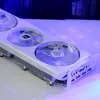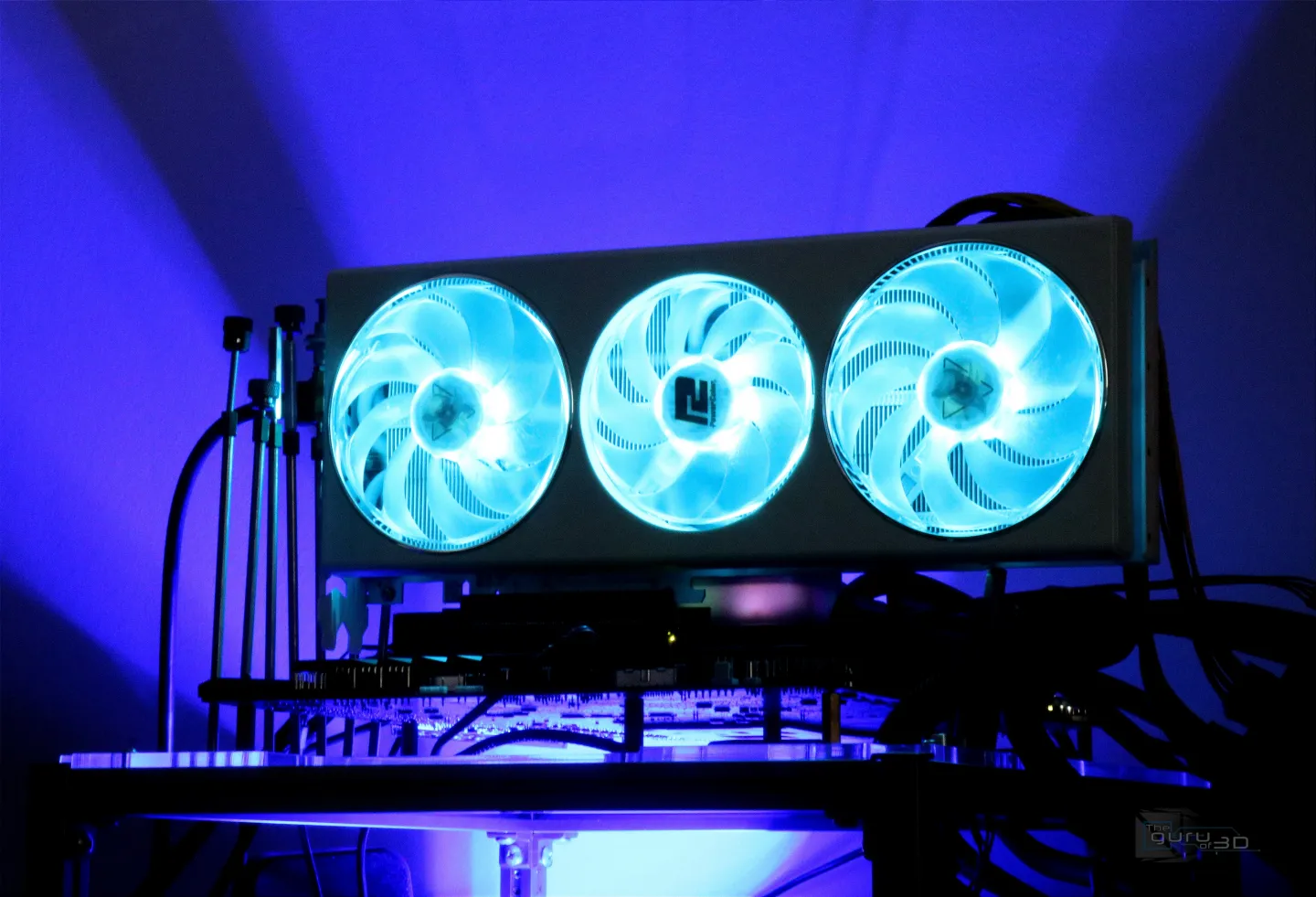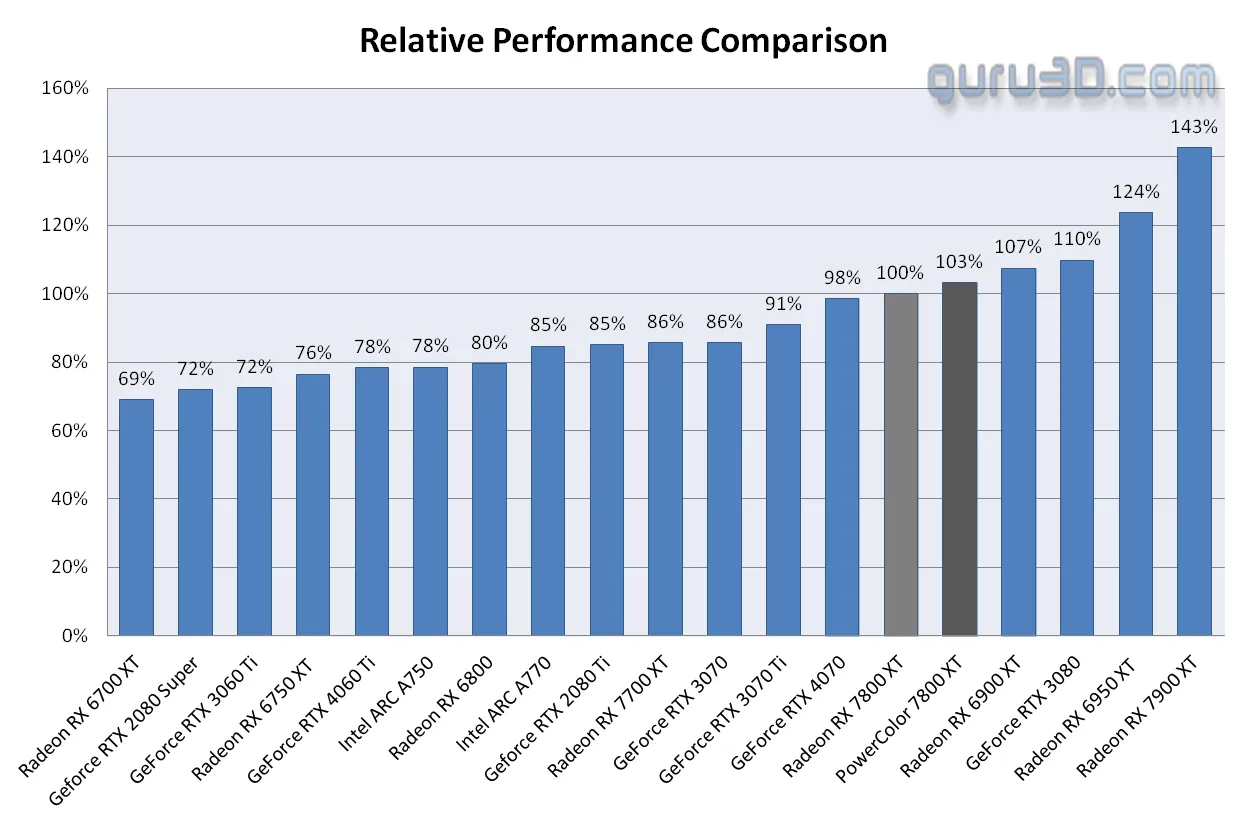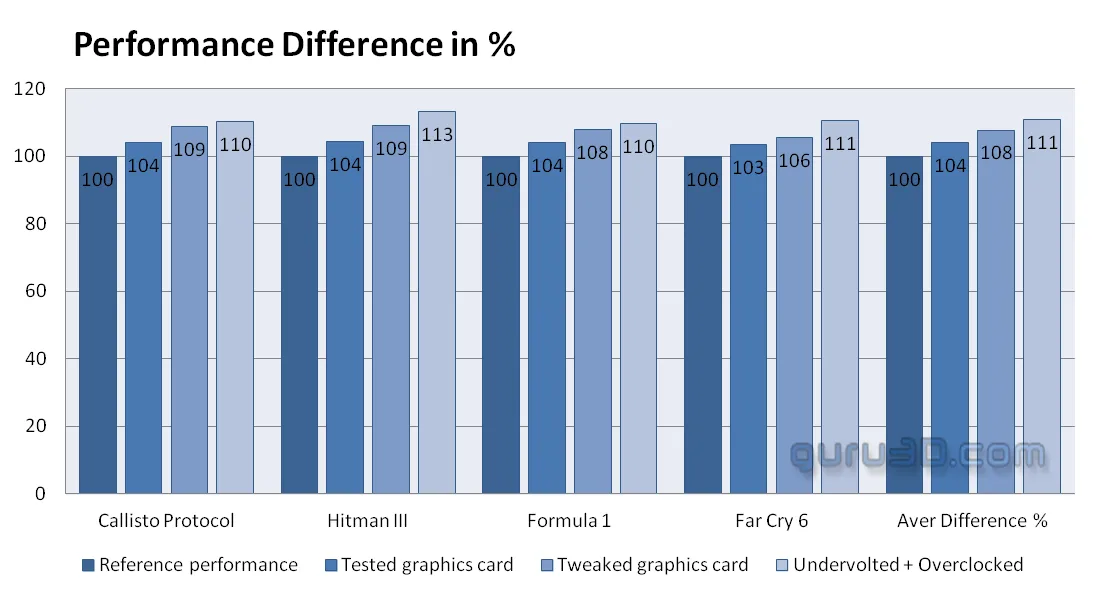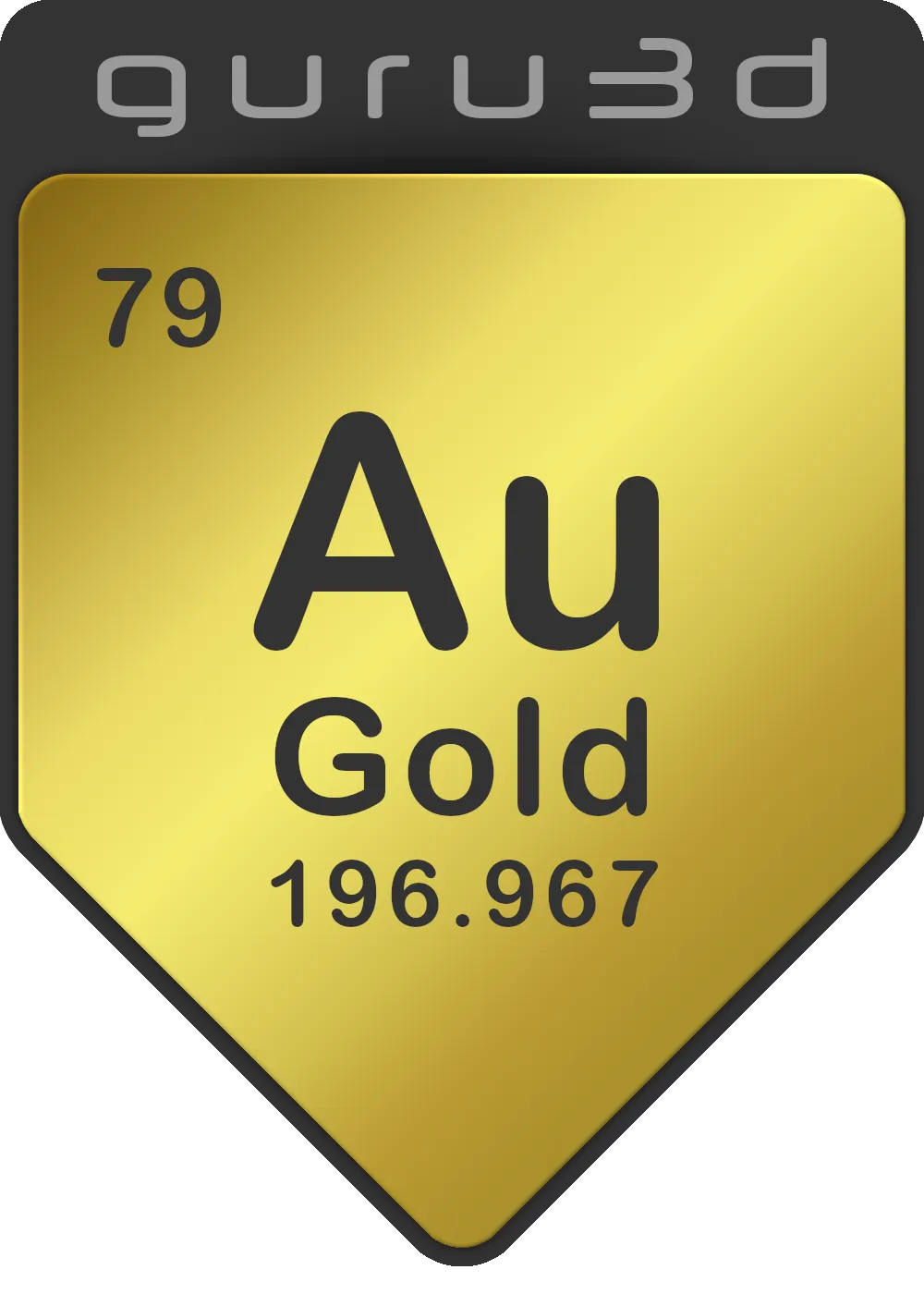Final words and conclusion
The HellHound White edition features an increased power budget and clock speed, positioning it with a faster performance compared to its competing AIB products. Benchmarking indicates an average performance advantage of 3-4% for the HellHound. The series is positioned between the GeForce 4060 Ti and RTX 4070, aiming to blend performance and cost-effectiveness. The tested 7800 XT seem to be a notch better overall. When it was released the 7800 XT series did not present groundbreaking technological advancements but brought incremental improvements in raw performance. What I am saying, here is AMD is still a step behind in Raytracing performance and efficient adaptive supersampling techniques with the help of an AI assist. However, most people still do not care about the latter one and as such crave faster shader performance. And here these graphics cards definitely deliver. Notable features include AV1 compatibility, incorporation of the rDNA3 architecture, and updated monitor connectors, all of which enhance the overall user experience but really might not be compelling enough to switch away from NVIDIA. In terms of performance, the RX 7800 XT closely mirrors its 6800XT/6900 XT predecessors within this competitive market segment and this tweaked HellHound is on par with the GeForce RTX 4070 from the competition looking at pure shader performance of course.
Performance
The 7800 XT graphics cards offer proper rendering quality and capability suitable for mainstream to high-end gaming. Although it doesn't exhibit tremendous progression from its predecessors (6900 XT), it demonstrates enhanced raytracing performance. Designed primarily for gamers who prioritize a new monitor, the RX 7700 XT and 7800 XT also support QHD monitor resolutions. Within the RX 7000 series, the upgraded rasterizer engine overcomes former performance constraints, highlighting notable raw shader engine capabilities. While NVIDIA's Raytracing and DLSS3 technologies surpass AMD's FSR2 and upcoming FSR3, the RX 7700/7800 XT's performance with FSR2 is still noteworthy, and enabling FSR is recommended.
Cooling & noise levels
Our test shows that gaming will get you an approximate volume level of 31 decibels (perf bios), rendering it relatively muffled. Moreover, the graphics card temperature is ~60 degrees Celsius depending on BIOS mode. The maximum hotspot temp sits close to 75-80 Degrees C. Our utilization of FLIR imaging did not unveil any worrisome observations in the thermal image.
Energy
The Radeon RX 7800 XT is positioned as a gaming product intended for the high-end market and it consumes a fair amount of energy. When operating at maximum load, the reference edition draws approximately 250-275 Watts on average (total board power or TBP). This power consumption is directly linked to the amount of heat emitted by the GPU, which is situated within an enclosed casing.
Coil whine
Every graphics card will inevitably produce a discernible buzzing sound known as coil whine when operating at high FPS. Is it bothersome? It becomes noticeable once you push the frame rates to extremely high levels. This noise tends to recede into the background in a closed computer case. However, when the chassis is open, the coil whine or squeal can become audible. Almost all graphics cards exhibit this phenomenon to some extent, particularly when operating at higher frame rates. Despite its presence, we have not noticed it enough to be a significant inconvenience.
Pricing
The reference edition comes with a price tag of USD $499, which should be considered substantial for a device primarily used for playing PC games in Quad HD resolution. In the European Union, you must convert the currency and factor in the value-added tax, bringing the total to around 550 euros. The HellHound will is introduced a notch above the MSRP of $499, as it it yours for $539.
Tweaking
The card can be effectively tweaked with ease; however, AMD applied maximum values. One beneficial feature is the power limiter, allowing for a wattage increase of up to +15%. This serves as the initial and fastest option for tweaking. By utilizing this option, you can achieve enhanced performance while staying within the card's default power allocation. Additionally, the boost clock frequency can be set at a suitable 2800MHz. Furthermore, the memory can be optimized to operate at around 19 Gbps. When all these adjustments are combined, they result in approximately 4-5% additional performance gains in demanding GPU scenarios, measured relative to the baseline performance. You can add that to the factory tweak, so that's roughly 8% additional performance over reference. Once you apply a bit of undervolting you can stretch the values a bit more and gain an 11% performance increase coming from reference, not bad.
Conclusion
Admittedly we are a little impressed by this Hellhound. The card is silent, even in performance BIOS mode. The extra performance you gain ain't heaps but 3-4% seen over reference is feasible. Next, the temperature is pretty amazing as well, around 60 Degrees C under a hefty gaming load depending on BIOS preference. Both modes are extremely silent, so I would suggest the performance mode (which is the default). Regular overclocking will get that value towards 7-8% and with a bit of undervolting the card all of the sufficiently is 10-11% faster. By incorporating 64MB of L3 cache, AMD has effectively mitigated the memory bandwidth limitations (256-bit) and ensured suitable performance up to 2560x1440 resolutions. However, it's important to note that the L3 cache functions as a temporary workaround and may not address potential future issues arising from the constrained memory interfaces. Additionally, AMD's raytracing technology might not match the performance of its competitors, but it still offers enough use for a bit of RT-based fun. FSR (FidelityFX Super Resolution) can significantly enhance performance with games that support it. That "free" performance comes with potential compromises in image quality.
In summary, the Radeon RX 7800 XT series offers a proper QHD to even UHD gaming experience with its emphasis on rasterized shading, including an additional L3 cache that greatly enhances performance at Full HD and QHD resolutions and CPU-bound games. The asking price remains significant when considering the product's positioning. PowerColor however did it right as they are charging just $40 over MSRP for the HellHound Spectra White edition, which is $539 For those who prioritize silent operation and a refined design might find this white variant more appealing than the standard model. Despite its commendable performance and aesthetics, while the overall price point is significant, we bow to PowerColor for upholding the MSRP. As far as RX 7800 XT cards go, this was one of the best we've tested to date.
- Download AMD Radeon drivers
- Sign up to receive a notification when we publish a new article.
- Or go back to Guru3D's front page
- Hilbert, LOAD"*",8,1.
